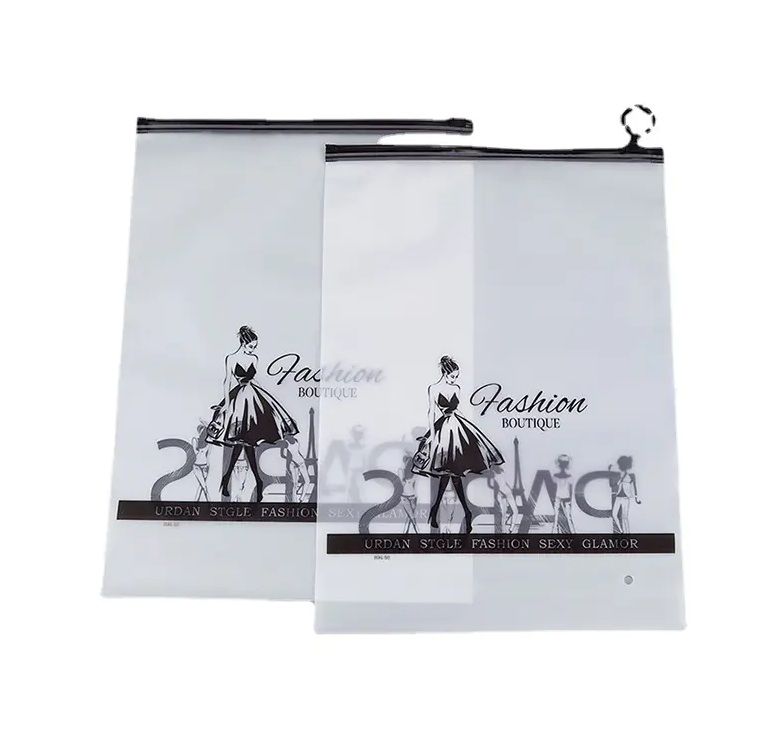Which Features Matter Most When Selecting A Butane Gas Cartridge For Camping

When you pack the stove and plan a meal under open sky routine choices can make the difference between a smooth evening and an awkward stop. One practical decision is the selection of the right Butane Gas Cartridge for your stove. With more people heading outdoors and culinary camping gaining attention in the news, understanding compatibility safety and on site handling has become part of smart trip planning.
Start with compatibility. Every portable stove has particular requirements for valve fit and seating. Choose a cartridge that lists compatible valve types and fits the locking or seating mechanism on your device. A secure mechanical fit reduces the chance of gas loss during connection and it makes ignition predictable when you turn the burner on. If you manage multiple stoves check whether a single cartridge family will serve them all to reduce the number of spare parts you carry.
Pay attention to valve design and protections. Some cartridges employ self sealing nozzles or collars that help prevent leaks when the canister is disconnected. A valve that reseals quickly once detached reduces the risk of gas exposure during change over. Where possible select canisters that include clear protective caps and collars that stay on through rough handling so the valve cannot be depressed by accident in a backpack or trunk.
Look for visible quality signals without getting lost in technical jargon. Clear printing on the canister that indicates handling orientation and safety marks from respected testing bodies gives confidence that the product passed basic checks. When labels are legible and include supplier trace information it is easier for users and outlets to confirm provenance and ask questions about manufacture or testing if they need to.
Think about storage and transport habits now before you are on the road. Keep cartridges upright whenever practical and out of direct sunlight in a shaded part of your vehicle. Avoid leaving cartridges in hot enclosed cabins for extended periods. During pauses on a long journey choose a covered parking spot and keep fuel away from cargo that generates heat. Those simple steps limit thermal stress and reduce the chance of a pressured release during handling.
Handling routine checks pay off. Before inserting a cartridge inspect the canister for dents corrosion or missing caps. When you exchange canisters perform a quick smell and visual check around the valve for any residue. Field teams who adopt a short checklist for every change over rarely face surprises. Train everyone who might handle your gear to perform these quick checks. It only takes a minute and it reduces small errors that can become larger ones when the stove is lit.
Consider the cooking style you plan to use. If you plan sustained high output cooking choose cartridges and stoves rated for continuous burn under the type of load you expect. If you expect to do short bursts of heat for quick meals a cartridge with a stable valve response during repeated on and off cycles will keep simmer control predictable. Match your fuel choice to the way you cook rather than trying to force a single cartridge to do everything.
Supply chain and availability matter more today because outdoor gear trends are shifting and demand can peak quickly. Urban and adventure markets are both seeing heightened interest in culinary camping and portable dining experiences which can create brief supply pressure on certain cartridge types. When procurement teams or vendors can standardize on a commonly stocked cartridge family they reduce last minute sourcing stress.
Safety culture is a buying criterion. Work with suppliers who provide clear handling instructions and who make safety guidance available in plain language. Suppliers that welcome field feedback and who update packaging or guidance in response to recurring issues help users adapt quickly when conditions change. When a sourcing team values documented procedures it becomes easier to train seasonal staff and to share responsibility across teams.
Regulatory and transport rules are part of responsible planning. Keep in mind that airlines and some cross border carriers restrict carrying full gas canisters in passenger luggage. If your plans include multi modal travel check the carrier rules and plan swaps or purchases at your destination. For trips that include public transit or rideshare segments place cartridges in secured luggage compartments and alert drivers when fuel is present according to local rules.
Think about repairability and waste. If you care about reducing single use items choose cartridge families that support recycling or that are accepted by retail return programs. Some suppliers provide collection or take back guidance to reduce landfill and to ensure end of life handling stays safe for handlers and the environment.
Finally use field feedback to improve choices. After a season of trips collect notes on how cartridges performed under real conditions and share those observations with your supplier. Practical feedback about valve wear or fit issues often leads manufacturers to tweak tolerances or to offer alternate caps and collars that reduce handling issues. That iterative loop between users and suppliers yields more dependable gear over time.
Choosing a reliable cartridge blends compatibility valve design safe storage and a modest checklist of pre use checks. Thoughtful selection reduces stress in the field and helps cooks focus on what matters the most preparing a meal and enjoying the moment. You can review product offerings and handling resources related to portable cooking fuel at https://www.bluefirecans.com/ .





